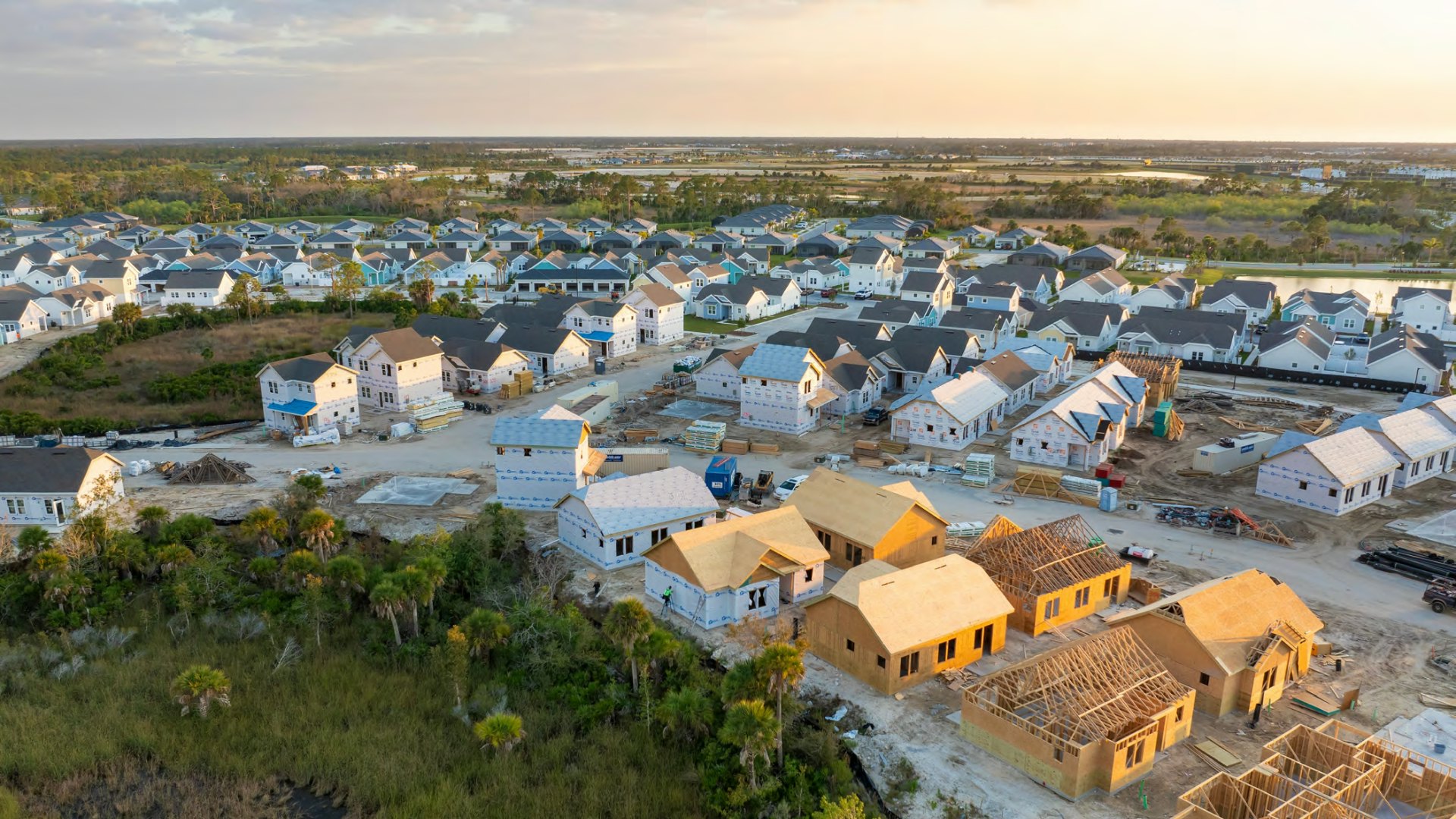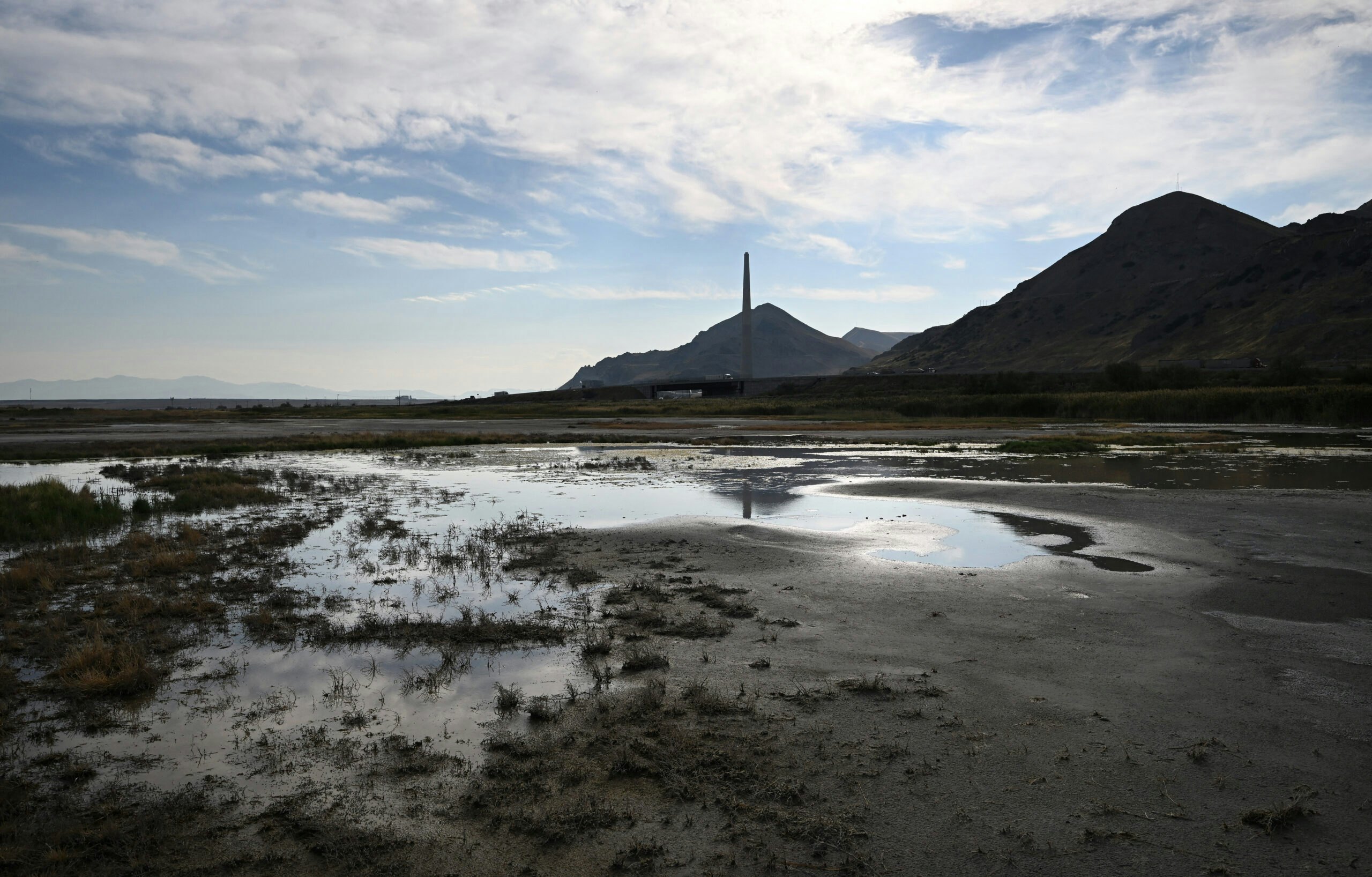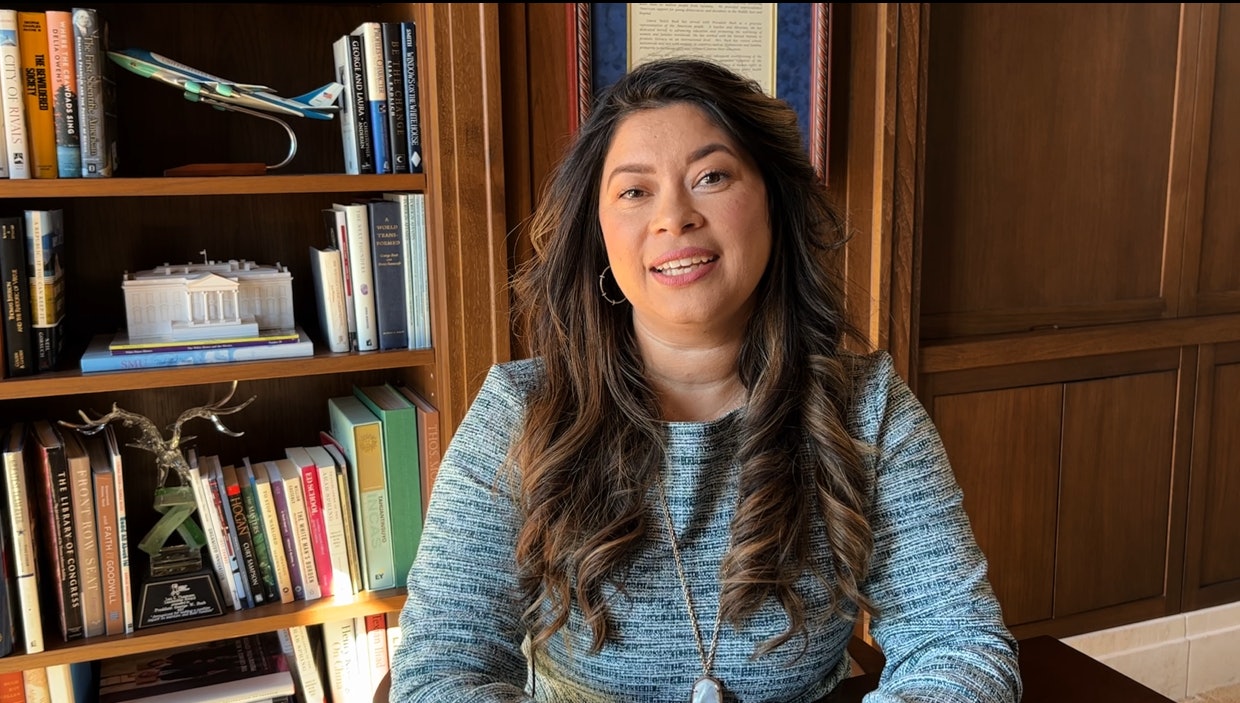Former Treasury Secretary Hank Paulson told a Bush Institute audience this week that he is now working on initiatives that promote sustainable...
Former Treasury Secretary Hank Paulson told a Bush Institute audience this week that he is now working on initiatives that promote sustainable conservation in Latin America. That’s a big, but often overlooked issue. How nations in the Americas manage their resources, including their land, is one of the keys to generating and maintaining economic growth in Latin and Central America.
The same point is true for North America, by the way. How we farm, use water and sustain resources like grasslands are central to expanding our economy and sustaining it for future generations.
This is easier said than done. The New York Times ran a story last month about how ranchers in places like Colorado and Oklahoma must change their operations to survive.
One reason is the lack of sufficient water supplies. They have made it hard for ranchers in some regions to maintain pastures. Another challenge is developing more resilient herds. That requires using the most up-to-date genetic techniques.
“It’s a tough, rapidly changing business,” Colorado rancher Marshall Ernst told the Times. “Those who are not taking advantage of new technology or are resistant to change may not be able to survive.”
Of course, you do see innovative agricultural producers. Some are rethinking the types of cattle they raise so they can better withstand droughts. Some use their lands to grow new forms of energy, whether from switch-grasses, sugarcane or another potentially new source. And some use new technologies to more precisely determine how much water a crop needs on any given day.
Adaptations like these will help the economies of big agricultural states like California and Texas. They also will be a boon to the Farm Belt. We often think of Wall Street as essential to our economy. But so are our lands, our farms and our ranches. What happens on them affect the prices of our foods, the products that come from them, and eventually the rate of growth of the larger economy.
That could be why a person like Paulson, who once led Goldman Sachs, is looking at conservation programs in Latin America. (The Paulson Institute he started after serving as treasury secretary under President George W. Bush is also working on promoting conservation in China.) Economic growth and smart conservation practices go hand-in-hand.
As we go forward on this blog, I hope to highlight some of those practices. Something as basic as an innovative use of a pasture can have a darn big ripple effect.





























